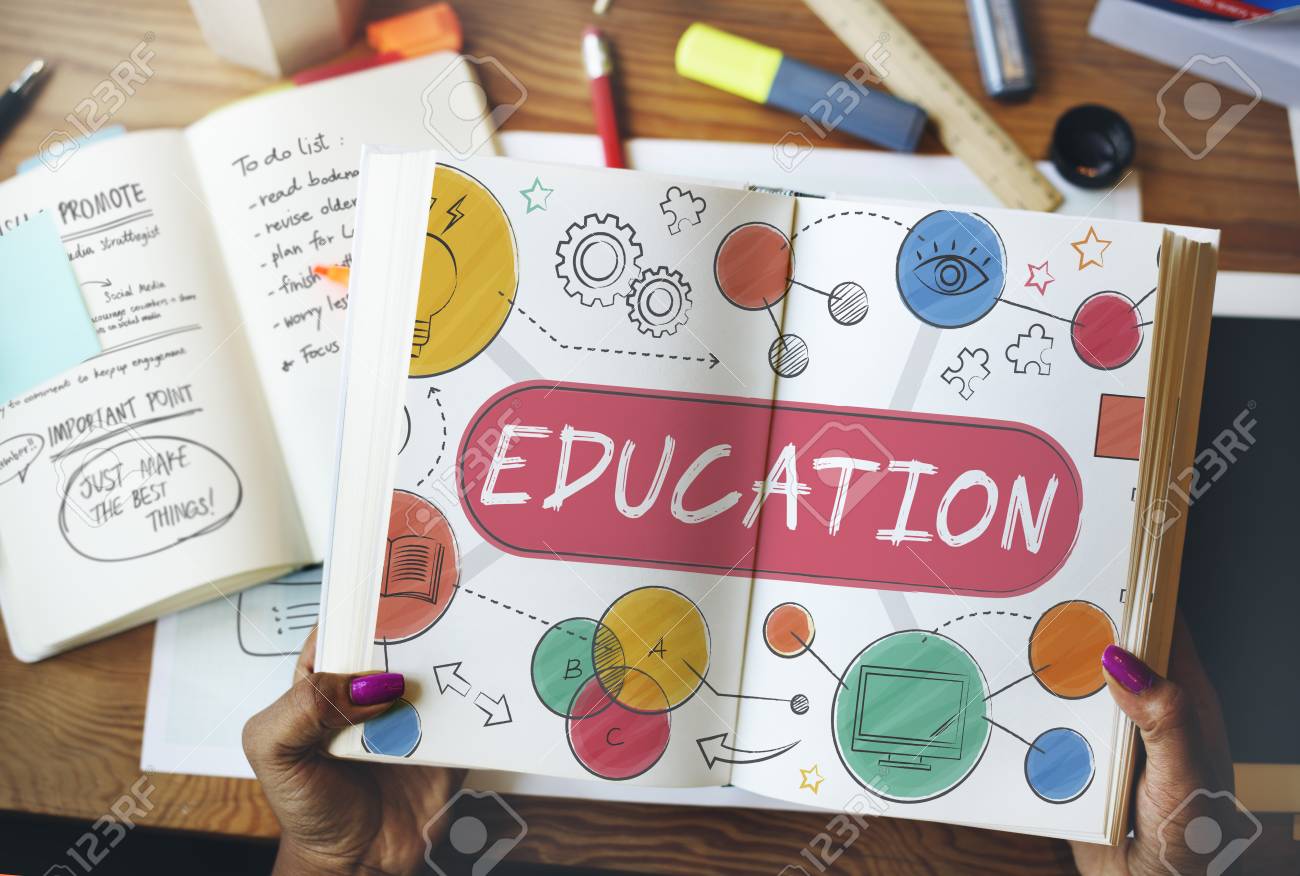The use of new technologies in education is becoming increasingly important in today’s world. With the rapid advancement of technology, more and more educational institutions are embracing the use of new technologies to enhance the teaching and learning experience. From online classes to virtual reality, new technologies are transforming the way we learn. In this article, we will explore the various new technologies being used in education and the potential benefits they offer. We will also discuss the challenges and opportunities they present for educators and students alike.
Benefits of Using New Technologies in Education
The use of new technologies in education is becoming increasingly popular as the world becomes more digitized. With the advent of online learning platforms and mobile apps, education has become more accessible than ever before. New technologies have revolutionized the way people learn and has made it easier for students to access material, collaborate with peers, and stay organized.
Here are just a few of the benefits of using new technologies in education:
1. Enhanced Learning Experiences: New technologies enable students to access a wealth of educational materials online, allowing them to explore topics in greater depth and more quickly. In addition, students can use these tools to collaborate with one another, engage in discussion, and share ideas.
2. Improved Accessibility: New technologies make it easier for students to access educational materials, regardless of their location or the time of day. This is especially beneficial for those who are unable to attend traditional classes and have limited access to resources.
3. Better Engagement: New technologies can help engage students in the learning process by providing interactive activities and engaging visuals. This can help to keep students engaged and motivated to learn.
4. Increased Convenience: New technologies make it easier for students to stay organized and stay on top of assignments. Students can use online tools to manage their deadlines, track their progress, and keep track of their grades.
Overall, new technologies have revolutionized the way we learn and have made it easier for students to access educational materials, collaborate with peers, and stay organized. By taking advantage of these tools, students can get the most out of their education and be better prepared for future success.
Challenges of Incorporating New Technologies in Education
The incorporation of new technologies in education has become a major challenge for teachers and school administrators. The rapid development of new technologies has led to increased expectations from students and parents for schools to keep up with the latest trends. While new technologies can help to improve the learning experience, they can also present some challenges for educators.
One of the main challenges of incorporating new technologies in education is the cost. Many schools do not have the budget to purchase and maintain the latest technology, which can be expensive. Additionally, training teachers and staff to use the new technology can be time consuming and costly.
Another challenge is the lack of technical support. Schools may not have someone on staff who is knowledgeable about the technology and can provide assistance. Furthermore, some students and parents may not be familiar with the technology and may require additional support.
Finally, there is the challenge of developing effective strategies for using the technology in the classroom. It is important for teachers to be able to integrate the technology into their curriculum in a meaningful way that enhances the learning experience.
Incorporating new technologies in education can be a daunting task, but with the right planning and resources, it can be done successfully. By taking the time to understand the costs, training needs, and potential strategies for using the technology, schools can ensure that they are making the most out of the technology available to them.
Strategies for Implementing New Technologies in Education
The integration of new technologies into the classroom can be a daunting task for educators. However, with the right strategies in place, it can be a valuable tool that can benefit both students and teachers. Here are a few strategies to consider when implementing new technologies in education:
1. Start Small: Begin by introducing one new technology at a time to give students the opportunity to become familiar and comfortable with it.
2. Set Clear Goals: Establish the goals of the technology and communicate these expectations to both students and teachers.
3. Set Reasonable Time Limits: Establish limits on the amount of time that students can use the new technology to ensure that they are utilizing it effectively.
4. Provide Support: Make sure that both students and teachers have access to the necessary support and resources needed to use the technology effectively.
5. Incorporate Technology into the Curriculum: Make sure that the new technology is being used to enhance the curriculum rather than to replace traditional teaching methods.
By following these strategies, educators can ensure that the integration of new technologies into the classroom is successful. With the right strategies in place, new technologies can be a powerful tool for learning.
In conclusion, the use of new technologies in education has revolutionized the way we teach and learn. New technologies have enabled us to deliver more effective and engaging teaching and learning experiences. They have enabled us to access a wider range of resources and to deliver them in more engaging and interactive ways. Moreover, they have provided us with new tools and opportunities to interact with and assess our students. Therefore, it is essential that we continue to explore and develop new technologies to ensure that we remain at the forefront of educational developments.









